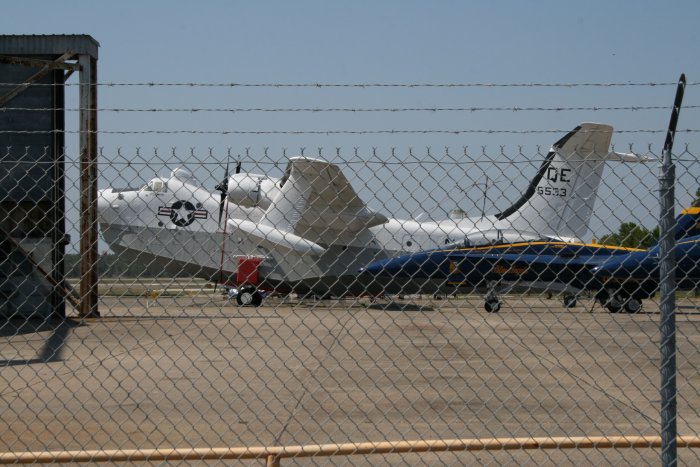April 15, 2010 - Museum of Naval Aviation
We departed Lakeland (KLAL) around 8AM and stopped at Ocala for breakfast. Then it was on to Pensacola for a visit to the Museum of Naval Aviation.
Here, we're east of Tallahassee crossing Interstate-10 which runs all the way from Jacksonville to Los Angeles.

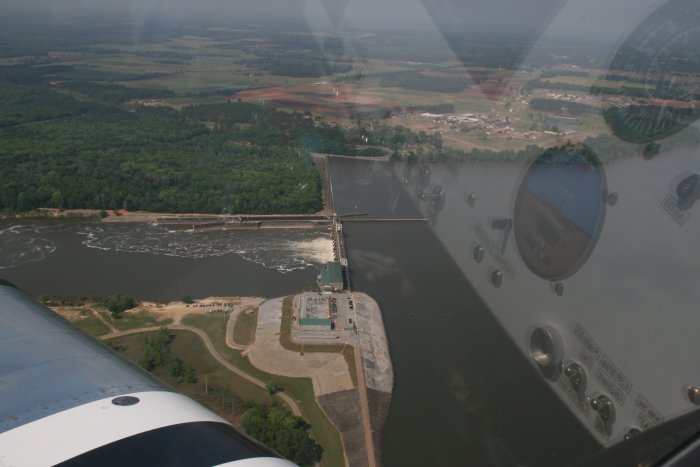
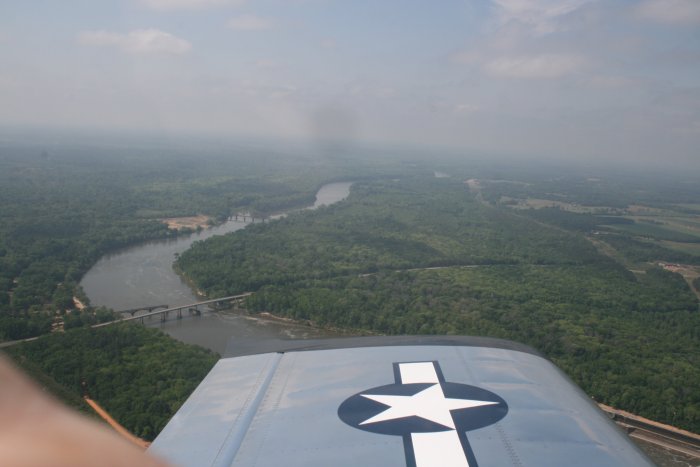
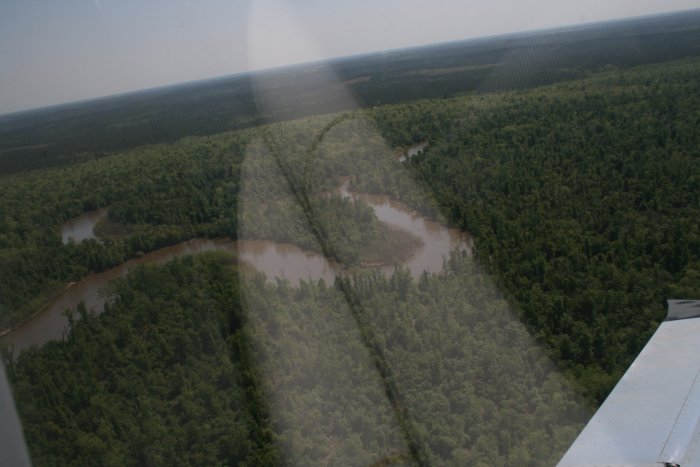
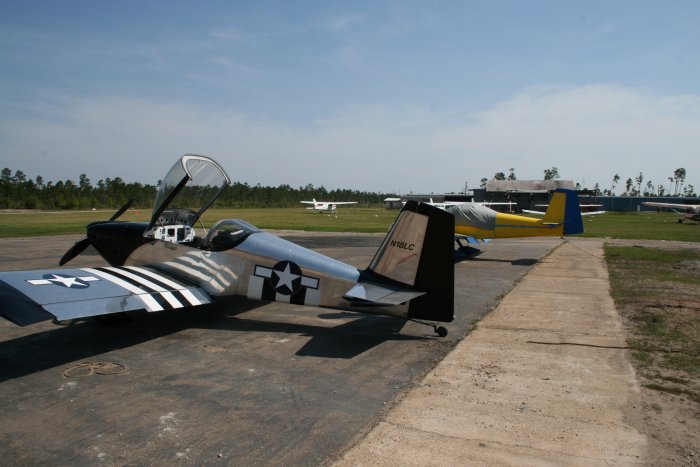
I last visited this museum sixteen years ago -- I can't believe it has been that long.
The Museum of Naval Aviation is one of the premier aircraft museums in the world; on the short list with National Air & Space, Air Force Museum, Royal Air Force Museum and Seattle's Museum of Flight. There are docents all over the place, all extremely knowledgeable about the exhibits.
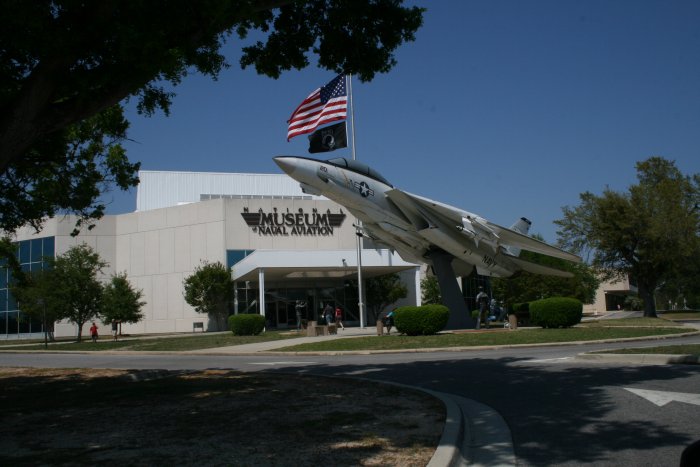
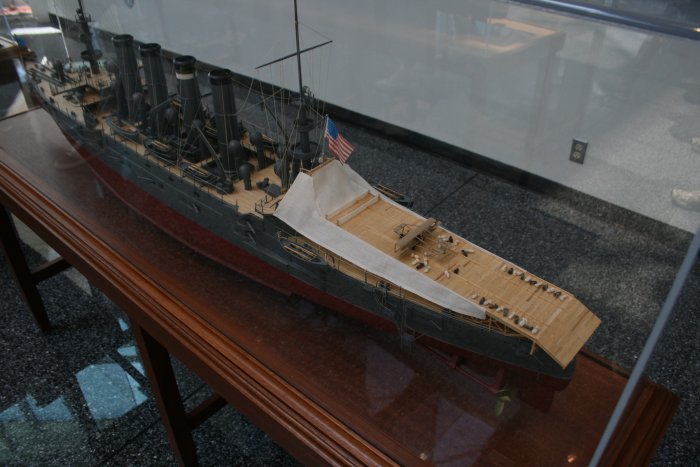
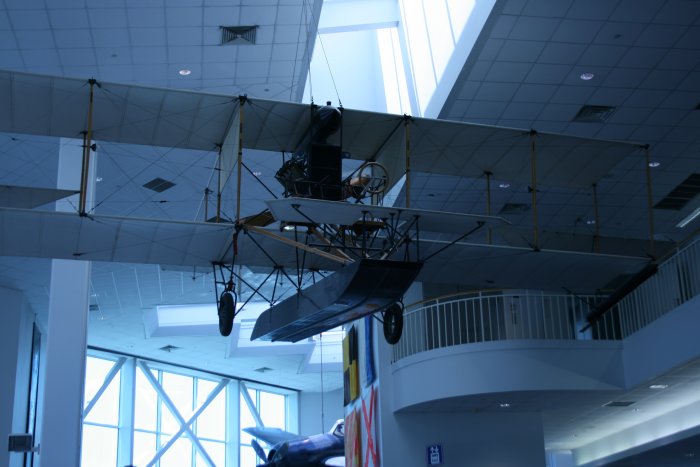

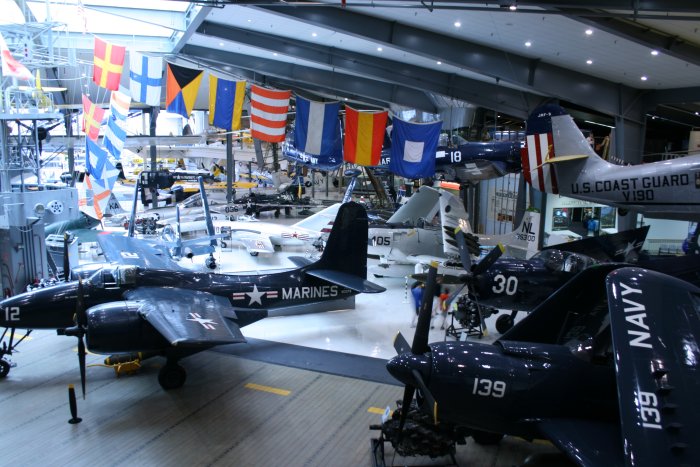
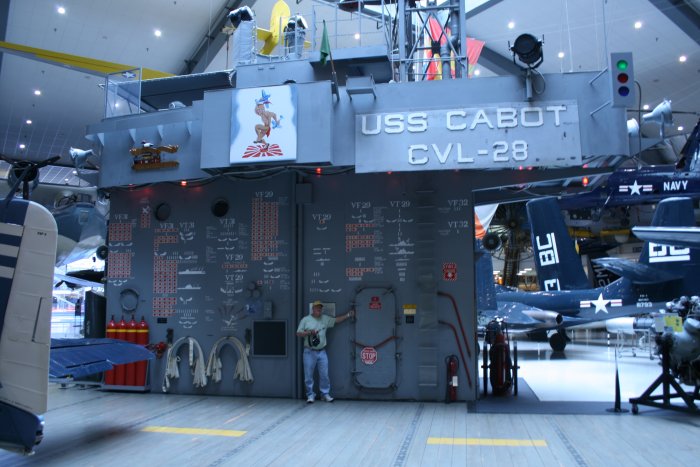
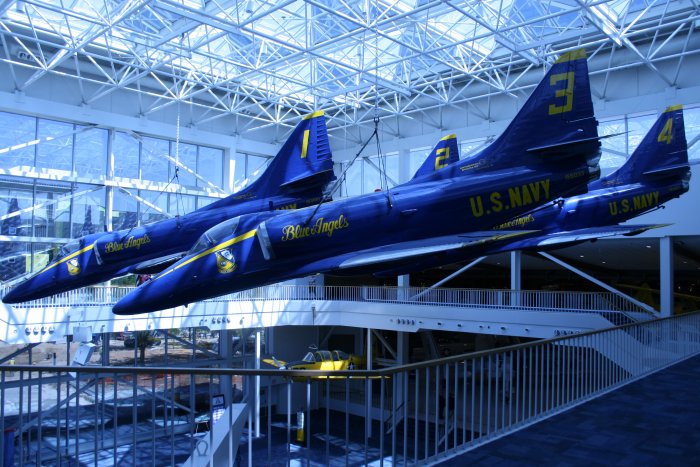
There were a number of beautifully done aircraft carrier models. Below is a model of USS Lexington (CV-2), the U.S. Navy's first big Fleet Carrier.
After fitting out and shakedown, Lexington joined the Battle Fleet at San Pedro, California on 7 April 1928. Based there, she operated on the west coast with Aircraft Squadrons, Battle Fleet, in flight training, tactical exercises, and battle problems. Each year, she participated in fleet maneuvers in Hawaii, in the Caribbean, off the Panama Canal Zone, and in the eastern Pacific.
The Captain of the vessel in 1930 and 1931 was Ernest King, who was later to serve as the Chief of Naval Operations during the Second World War. In 1931, Robert A. Heinlein, later a famous science fiction writer, worked on radio communications, then in its nascent phase, with the aircraft carrier's planes.
The Lexington actually had a squadron of ineffective Brewster Buffalo's embarked as late as January 1942. In May 1942, USS Lexington fought and was sunk at the first aircraft carrier battle in history, the Battle of the Coral Sea.
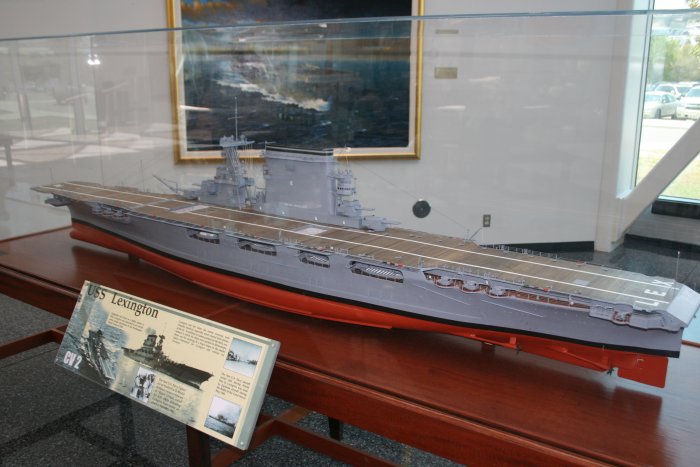
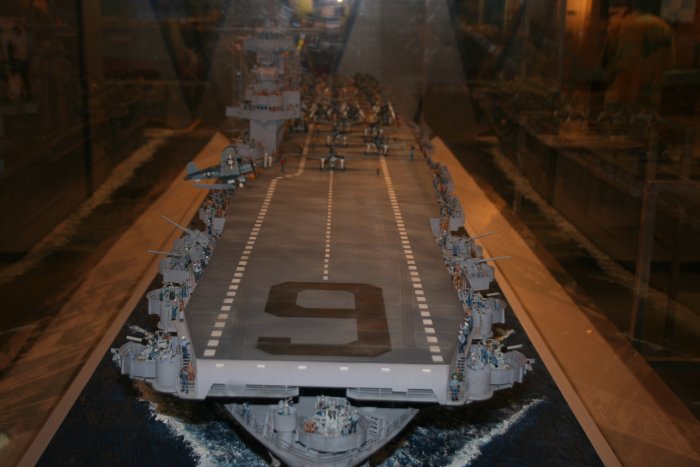
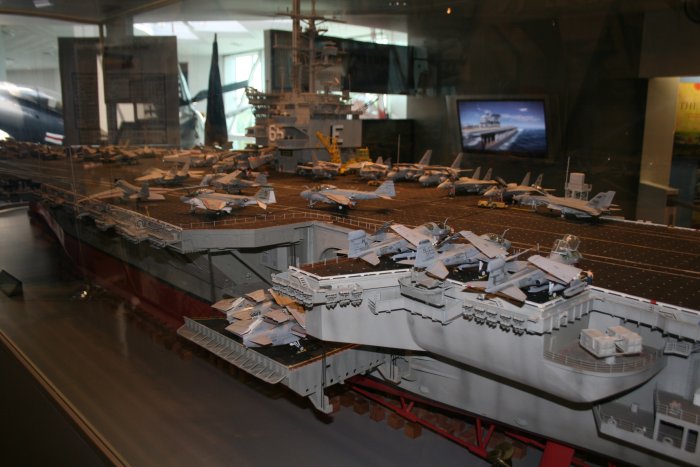
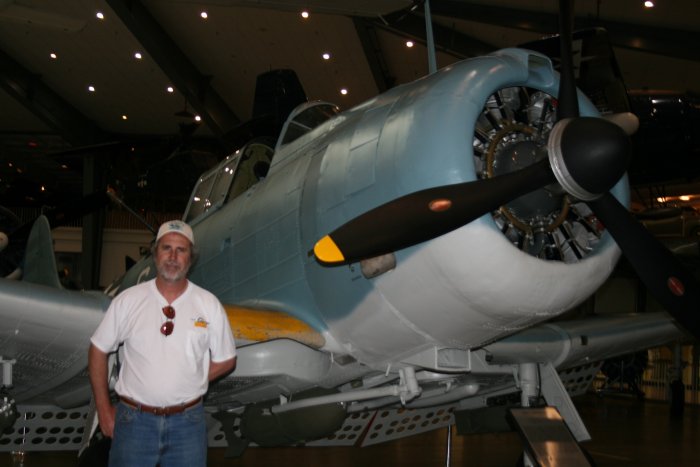
The big red dive-flaps allowed the Dauntless to dive almost vertically without exceeding its never exceed speed. The vertical dive gave the dive bomber its great accuracy. The Japanese Val and German Stuka operated the same way.
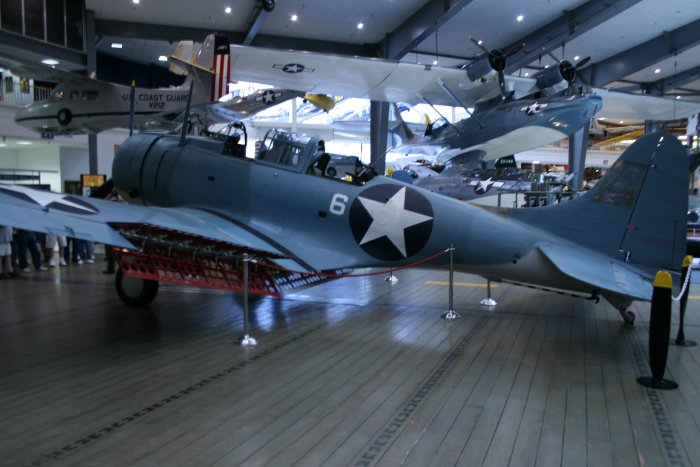
The Dauntless was very effective at Coral Sea, severely damaging the Japanese carrier Shokoku.
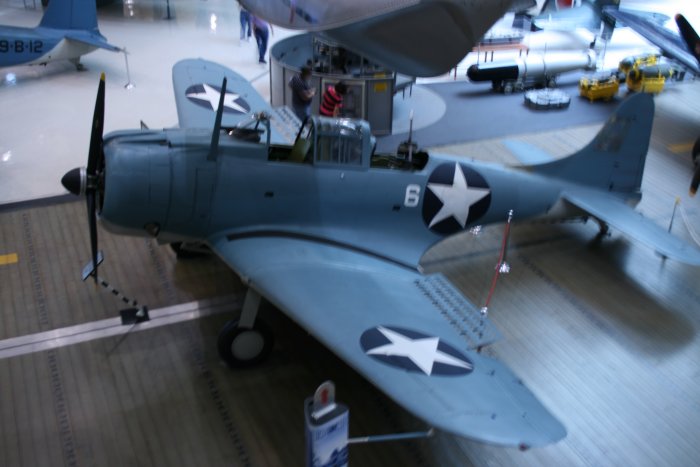
In order to train the thousands of naval aviators that would be required during World War II, the Navy converted two Great Lakes steamers into training aircraft carriers, the Sable and Wolverine, and used them for carrier takeoff and landing training on Lake Michigan. Over 200 aircraft went into the water on landing accidents. The aircraft are remarkably well preserved in the cold, fresh water and the Naval Aviation museum has been able to recover and restore many of them including this Dauntless.
The museum also features a neat "Sunken Treasures" exhibit where an unrestored Wildcat and Dauntless are displayed laying on the dark, sandy bottom of Lake Michigan.

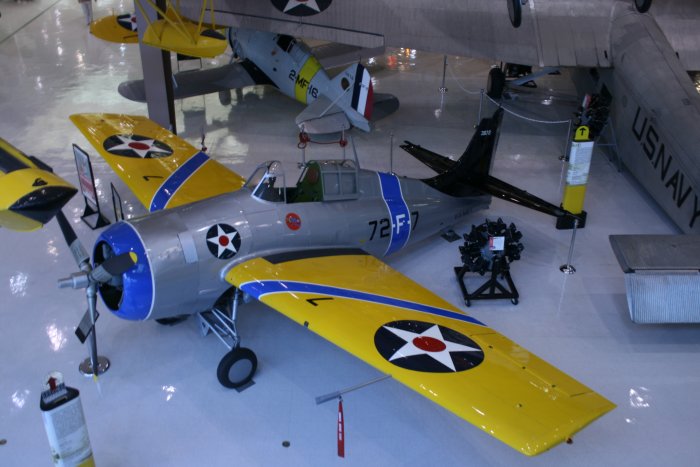
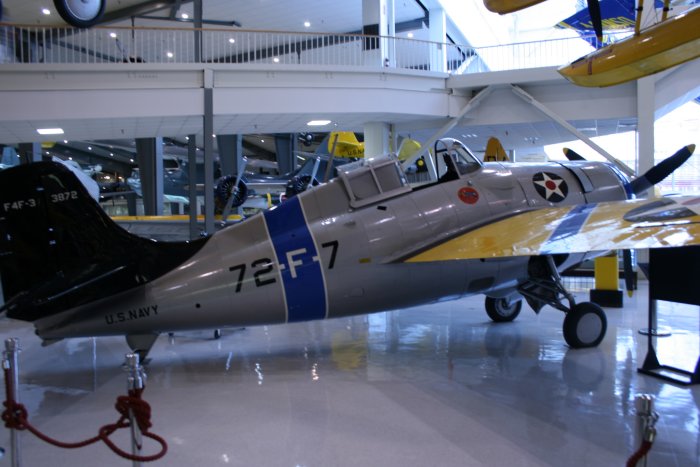
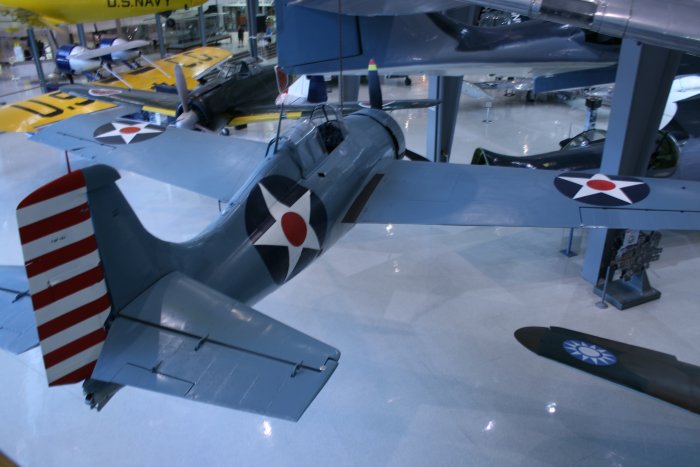

The mighty F6F Hellcat which came onto the scene in late 1943 along with the new Essex class carriers. The Hellcat totally outclassed the Zero.
From my Amazon review of the book Hellcat: The F6F in World War II by Barrett Tillman:
"The Hellcat was not the most glamorous fighter of World War II. It
wasn't the fastest, or the most maneuverable. Visibility wasn't the
greatest. If you could choose any World War II fighter to go dogfight
with, you would probably pick the Mustang, Spitfire or FW-190 over the
Hellcat. That said, the F6F Hellcat was the perfect airplane for the U.S.
Navy operating off aircraft carriers in World War II fighting the
Japanese. The Hellcat had all the things carrier aviators like: long
range, easy to land on the boat, rugged, a powerful, reliable engine, easy
to maintain with a high availability rate and the ability to carry lots of
ordnance. That its pilots loved it says it all.
Performance-wise,
the Hellcat was markedly superior to its primary opponent, the Zero. In
aerial combat, speed is life, and the Hellcat was significantly faster
than the Zero in both level flight and a dive, and could match it in a
climb. The Hellcat had plenty of firepower - six 50 caliber machine guns
-- more than enough to take apart the flimsy Japanese fighters and
bombers. On the other hand, with armor plating for the pilot and
self-sealing fuel tanks, the Hellcat could take punishment from a Zero and
keep on flying or at least give its pilot a chance to bail out and live.
Unlike the Zero, the Hellcat had a radio that worked - a huge advantage
that rarely is mentioned. About the only thing the Zero had over the
Hellcat was turn rate in the lower speed range. The Zero was not
competitive against the Hellcat, given equal pilot skills.
The
above factors explain the great Hellcat air-to-air kill-ratio of 19 to 1:
5,163 downed Japanese aircraft verses 270 Hellcats shot down. In
comparison, P-38s shot down 1,700 Japanese aircraft in the Pacific. Armed
with Hellcats, U.S. Carrier Task Forces loitered off Japanese strongholds
and destroyed all Japanese aircraft there - either in the sky or on the
ground. The Japanese simply had no answer for it."
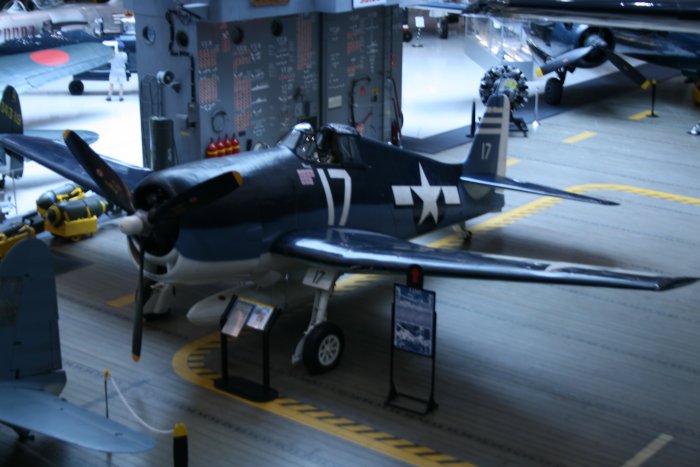
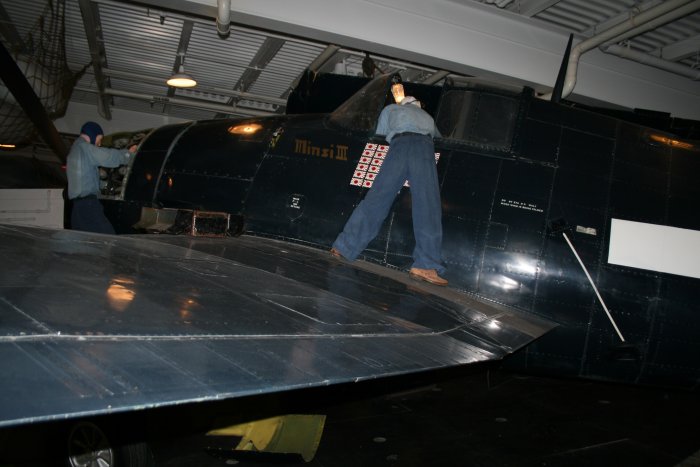
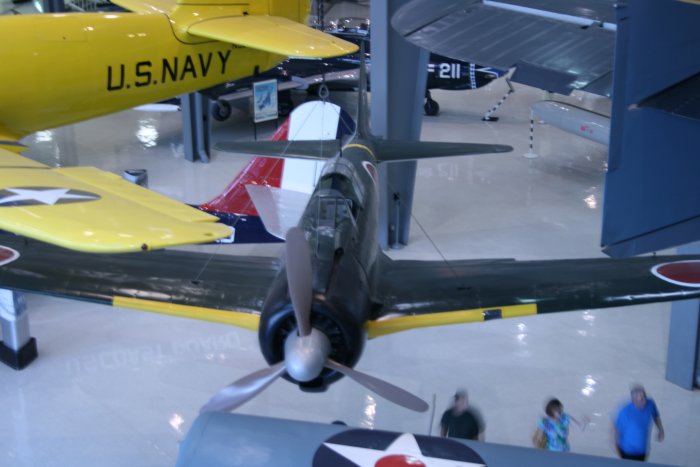
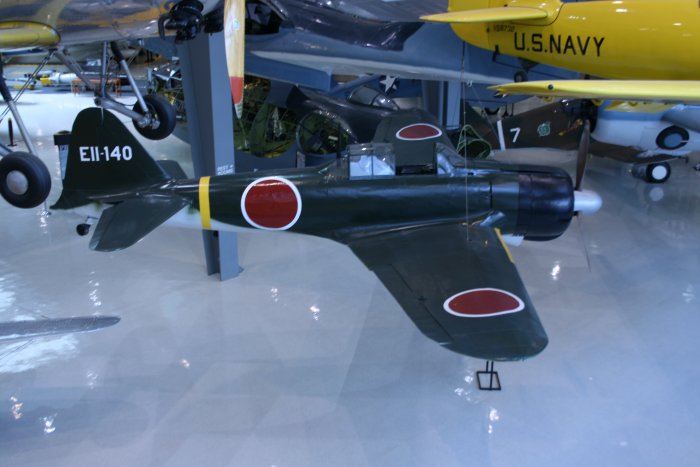
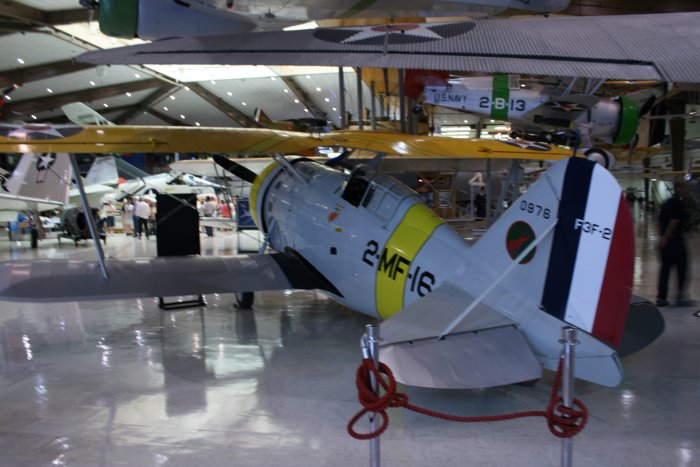
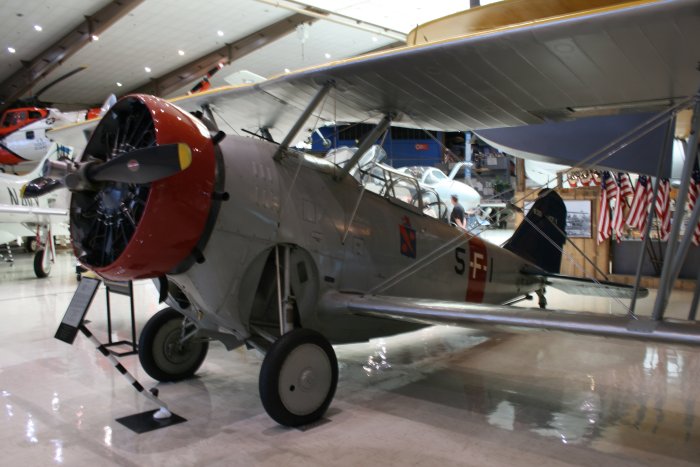
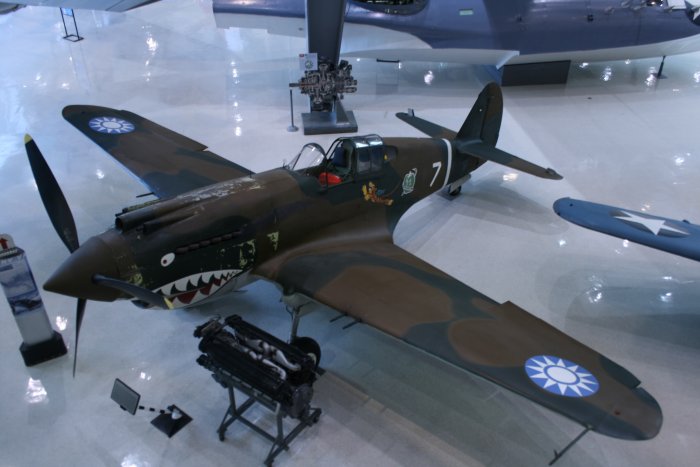
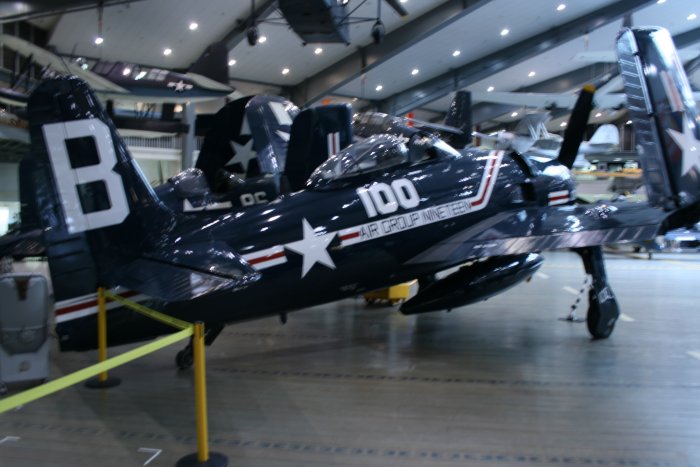

The only surviving Vought SB2U Vindicator.
"the SB2U displayed its inherent flaw of being the ultimate development of the trussed fuselage and fabric concept, prompting their replacement by newer designs like the SBD Dauntless, which incorporated metal stressed skin construction techniques. The Vindicator's sole combat came in June 1942 at the Battle of Midway, nearly seven years after the aircraft first became operational. Outclassed by the SBD Dauntless, which featured dive brakes and was a more rugged design, the SB2U-3s received the uninspiring moniker "Wind Indicator" from the Marines assigned to fly them. All told, of the 12 Vindicators assigned to Marine Scout-Bombing Squadron 241 (VMSB-241) during the battle, six were lost, and five severely damaged by enemy fire or exceeding operational limits of the aircraft. "
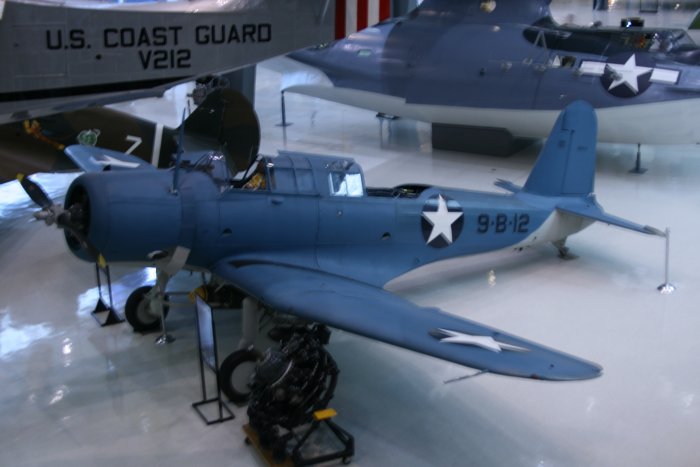
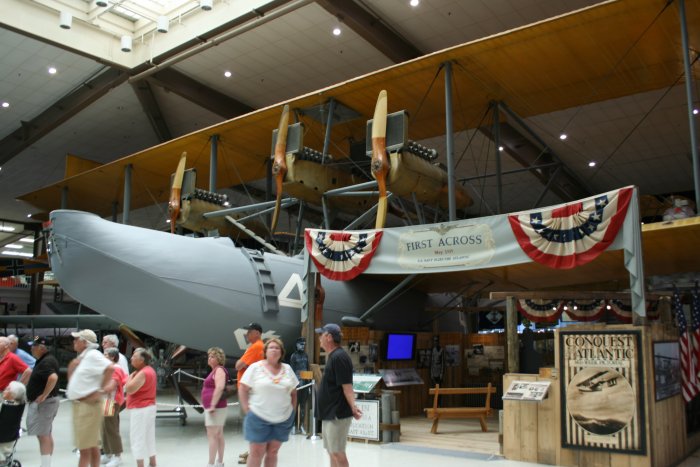
Bruce hanging out in the carrier Ready Room.
"Home Front USA," "Pacific Air Base" and "The Hangar Bay," exhibits gave visitors an opportunity to walk through a small-town Main Street (circa 1943), a U.S. Marine Corps expeditionary airfield during the Guadalcanal campaign and the hangar bay and below-deck spaces of a World War II aircraft carrier, respectively.
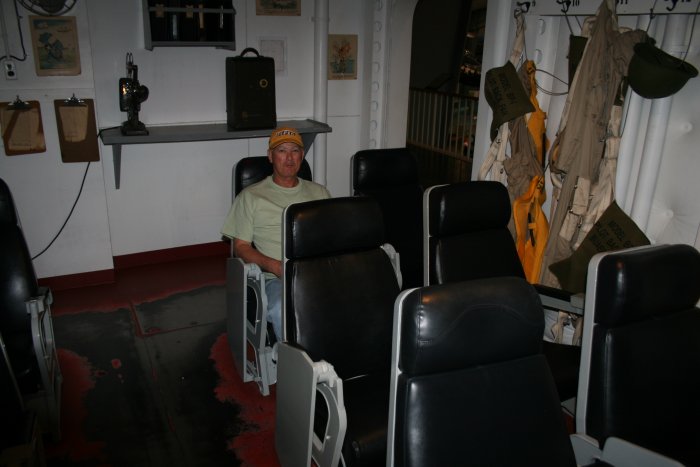
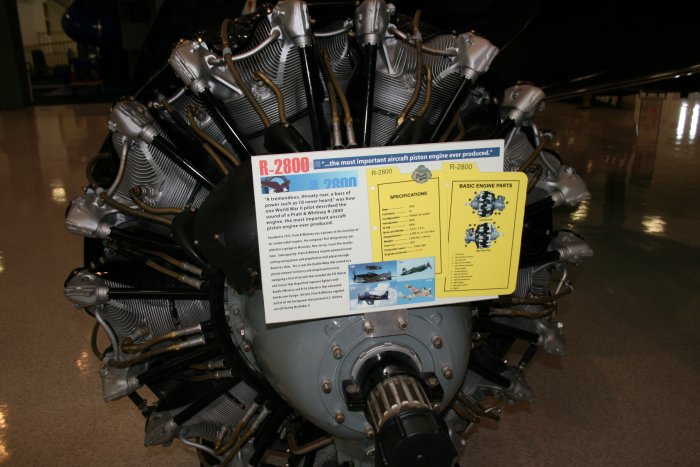
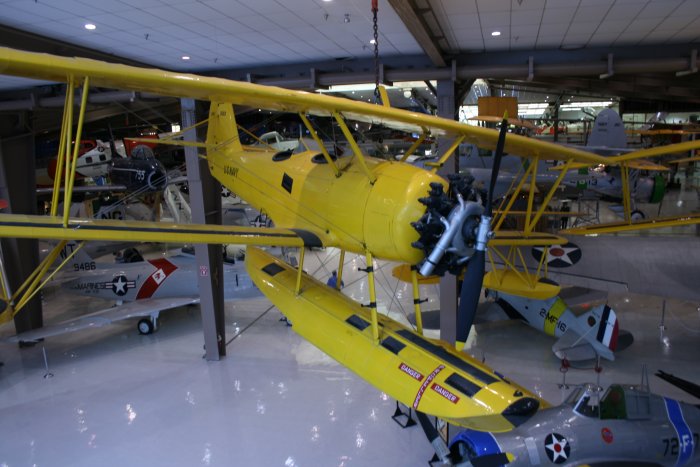
The museum has a really neat restaurant called the Cubi Bar Cafe where we ate lunch. The food was a cut above. We sat at the table in the right lower corner of the little picture below.
From the museum web site: "Opened in 1996, the Cubi Bar Café is not only a restaurant, but a popular Museum exhibit! The Cafe's decor and layout duplicates the bar area of the famous Cubi Point Officers' Club that was a major source of enjoyment for Navy and Marine Corps squadrons, ships and units as they passed into the Western Pacific.

For nearly 40 years, the NAS Cubi Point Officers' Club, in the Republic of the Phillippines, was a marvelous mix of American efficiency and Filipino hospitality. The club was especially famous for its Plaque Bar, where transiting squadrons retired old plaques and commissioned new ones to commemorate each WestPac tour. The tradition of placing plaques in the O' Club bar was started during the Vietnam Conflict and endured until the closing of the base in 1992.
When the original officers' club was closed in 1992, the thousands of plaques that adorned the walls of the club as tokens of thanks were packed up and sent to the Museum to be placed as they were when the Cubi Club was closed. The legacy of this Cubi Bar brings back many memories to aviators whose squadron plaques decorate the walls."
I knew the museum had the only surviving P5M Marlin, but I didn't see it around. My Dad used to fly Marlins with VP-49 out of Bermuda. I asked a docent about the Marlin. Turns out the docent used to fly them out of Norfolk. He gave me directions to see the Marlin through the fence. It looked in pretty good shape. As I recall, when I saw it 16 years ago, the paint was peeling off of it. The good news is that they are building a large addition to the museum and the Marlin will be displayed inside in a few years. Apparently they have quite a few planes on the flight line that can be seen via a museum shuttle bus, but we didn't have time unfortunately.
